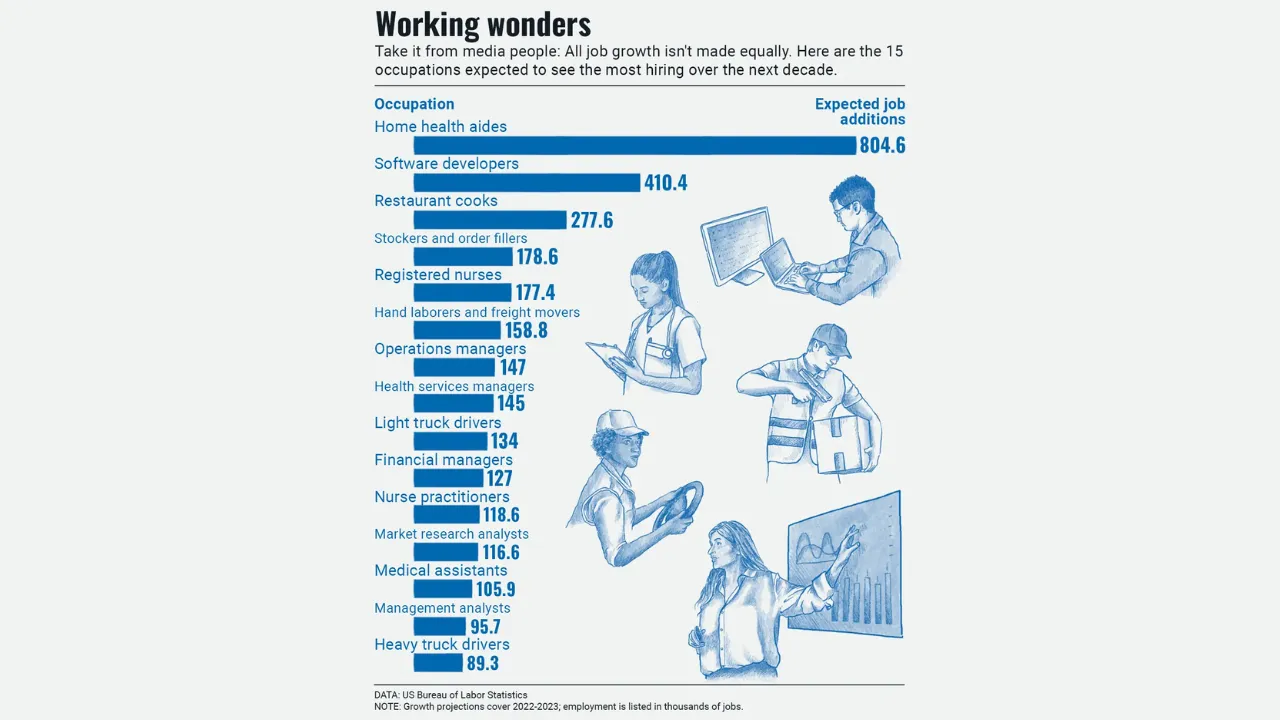College Enrollment Drop & Rise of Trade Schools: College, once seen as the only viable path to success, is slowly losing its stronghold in the minds of young Americans. Skyrocketing tuition, crippling student debt, and the uncertain value of a four-year degree have sparked a massive rethinking of what higher education means today. Many students are now asking: Is college really worth it?
As traditional college enrollment drops, trade schools are experiencing an undeniable resurgence. Offering practical training, faster paths to employment, and lower costs, these vocational programs are drawing Gen Z and beyond. The college enrollment drop & rise of trade schools signals a cultural shift in how society views success, education, and career stability.
College Enrollment Drop & Rise of Trade Schools – A Look at the Transformation
The college enrollment drop & rise of trade schools paints a clear picture of changing priorities. While college attendance has declined to just over 62% among recent high school graduates, trade school enrollment is steadily rising. Young people are increasingly choosing skilled trades over traditional degrees, driven by affordability, job demand, and a desire for hands-on careers. Electricians, HVAC technicians, healthcare aides, and welders are among the most sought-after roles—positions that don’t require a four-year degree but offer stable incomes and growth potential. This growing trend is reshaping the American workforce and redefining the value of vocational education.
Overview Table
| Trend | Details |
| College Enrollment Rate (2024) | Dropped to 62.8% of recent high school graduates |
| Trade School Enrollment Growth | Up 4.9% from 2020 to 2023 |
| Projected Trade School Growth | Expected to grow 6.6% annually through 2030 |
| Cost Comparison | Trade school: ~$17,000/year; College: ~$30,000/year |
| Key Motivations | Rising college costs, high student debt, job-focused education |
| Popular Trade Programs | Healthcare, construction, automotive, culinary, beauty, HVAC |
| Gen Z’s Shift | 42% leaning toward trades over traditional white-collar careers |
| Job Market Trends | Skilled trade roles seeing strong demand and wage growth |
Why Is College Enrollment Declining?
There are multiple reasons driving the fall in college attendance, but the cost is front and center. Average tuition for public in-state colleges exceeds $30,000 annually, not including housing, books, and living expenses. Many students graduate with tens of thousands in student loans—and no guarantee of a well-paying job.
Surveys reveal a growing skepticism about the return on investment for a college degree. Young people are asking whether a diploma justifies years of debt, especially when many degree holders end up in underpaid or unrelated fields. Add in uncertainty about transferring credits, changing majors, and the impact of automation on white-collar jobs, and the appeal of college begins to fade for a growing segment of the population.
Trade Schools: Fast-Track to In-Demand Careers
Trade schools, also known as vocational or technical schools, provide targeted education focused on specific careers. These programs usually last between 6 months and 2 years and offer hands-on training in fields like construction, electrical work, plumbing, auto repair, healthcare, culinary arts, and beauty services.
Unlike traditional college pathways, trade school students often enter the workforce quickly and with minimal debt. Many programs offer apprenticeships or job placements that lead directly to full-time employment. With a rising demand for skilled labor and a growing labor shortage in trades, trade school graduates are finding strong job prospects, competitive wages, and job security.
Who’s Choosing the Trade Path—and Why?
Gen Z is leading this shift. A recent study showed that 42% of Gen Z respondents prefer trade careers over white-collar paths. For this generation, stability, purpose, and practical experience matter more than prestige. They want to work with their hands, make a difference, and avoid the debt spiral.
Social media and broader cultural conversations are also playing a role. Platforms like TikTok and YouTube are filled with creators sharing real-life earnings, trade school experiences, and the benefits of blue-collar work. These stories often highlight the pride and satisfaction that come with building, fixing, or creating something tangible—qualities sometimes missing from desk jobs.
Which Trade Programs Are Seeing the Most Growth?
Not all trade programs are growing at the same rate. Some are clearly leading the charge:
- Healthcare programs: From nursing assistants to medical technicians, healthcare roles remain in high demand due to an aging population and healthcare staff shortages.
- Skilled trades: Plumbing, electrical, HVAC, and welding careers offer strong pay and job security, especially in regions with aging infrastructure.
- Automotive repair and driving: As supply chains expand and fleets grow, mechanics and CDL drivers are seeing a steady rise in job openings.
- Culinary and hospitality: Culinary schools are booming, with interest up nearly 13% since 2020.
- Beauty and wellness: Cosmetology, barbering, and skincare continue to attract creative individuals seeking entrepreneurship opportunities.
Each of these programs aligns closely with labor market needs and economic trends—making them strategic choices for students focused on return-on-investment.
The Role of Apprenticeships and On-the-Job Training
Many trade programs incorporate apprenticeships—structured opportunities to learn while earning. These programs blend classroom instruction with real-world experience, often backed by employers or unions. Apprenticeships are popular in fields like construction, plumbing, and electrical work and can lead to certifications, journeyman status, or licensure.
In addition, community colleges are increasingly offering vocational programs with stackable credentials. Students can build up their qualifications over time without committing to four years of school upfront.
How This Shift Is Reshaping the Workforce
This educational pivot is already creating ripple effects across the labor market:
- Faster entry into the workforce: Trade school grads often start earning years before college graduates finish school.
- Higher ROI: Less time in school means lower debt and faster access to earnings.
- Filling critical gaps: As older skilled workers retire, the demand for replacements is urgent.
- New respect for trades: Public perception is shifting, with trade jobs gaining prestige and recognition for their importance.
Employers, schools, and even government policies are beginning to align with this trend, offering support for career and technical education programs.
FAQs
1. What’s causing the drop in college enrollment?
Rising tuition costs, increasing student loan debt, and concerns over job outcomes are pushing students to consider alternatives.
2. Are trade schools cheaper than traditional colleges?
Yes. Trade schools cost about half as much per year as most colleges, with shorter program lengths and minimal debt.
3. Do trade school graduates earn good salaries?
Absolutely. Many skilled trades offer starting salaries of $40,000–$60,000, with the potential for six figures over time.
4. Can trade school credits transfer to a college?
In some cases, yes. Many vocational programs now offer stackable credits that can lead to associate or bachelor’s degrees.
5. Are trade careers secure in the age of automation?
Yes. Trades that require hands-on skills, like electrical work, plumbing, or auto repair, are hard to automate and remain in high demand.
Final Thought
The college enrollment drop & rise of trade schools is more than just a trend—it’s a shift in how society defines success and prepares for the future. As more students question the value of a traditional degree, trade schools are offering a compelling answer: practical skills, real jobs, and economic mobility.
If you or someone you know is exploring education options, consider the advantages of vocational training. Talk to trade schools in your area, explore apprenticeship opportunities, and take control of your future. College isn’t the only path to success—and for many, it’s no longer the best one.
Take the next step. Share this article, start a conversation, and help others discover the value of skilled trades in today’s changing world.










